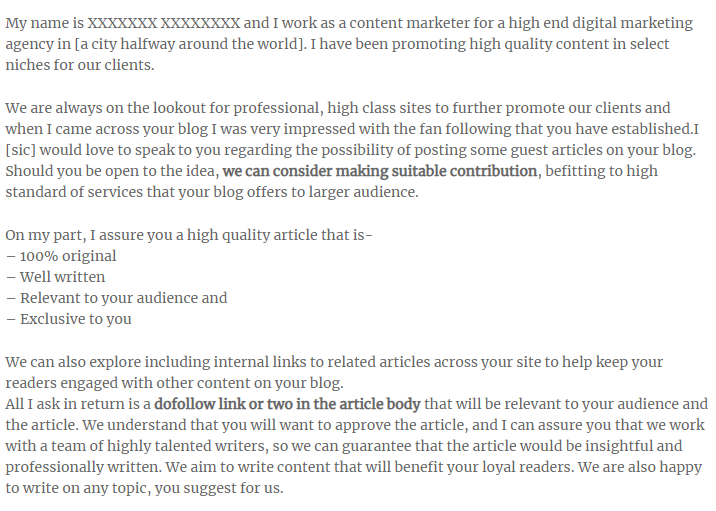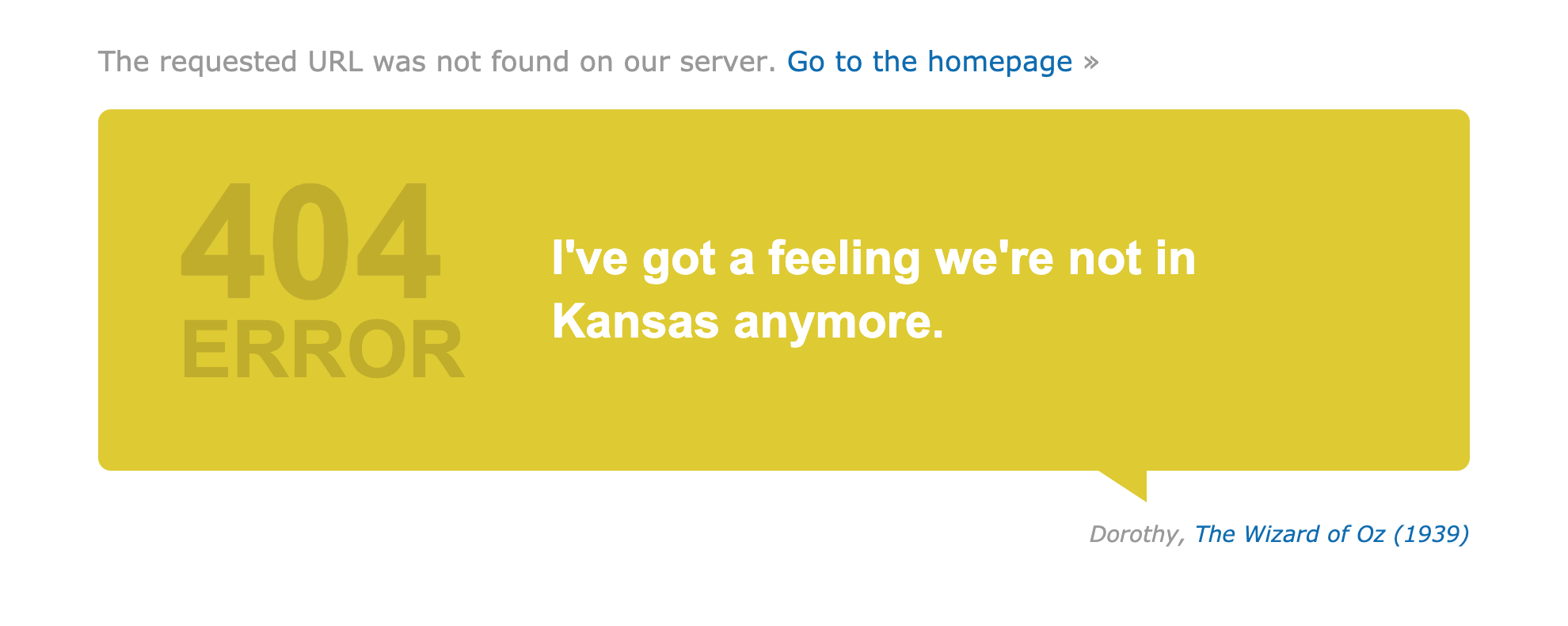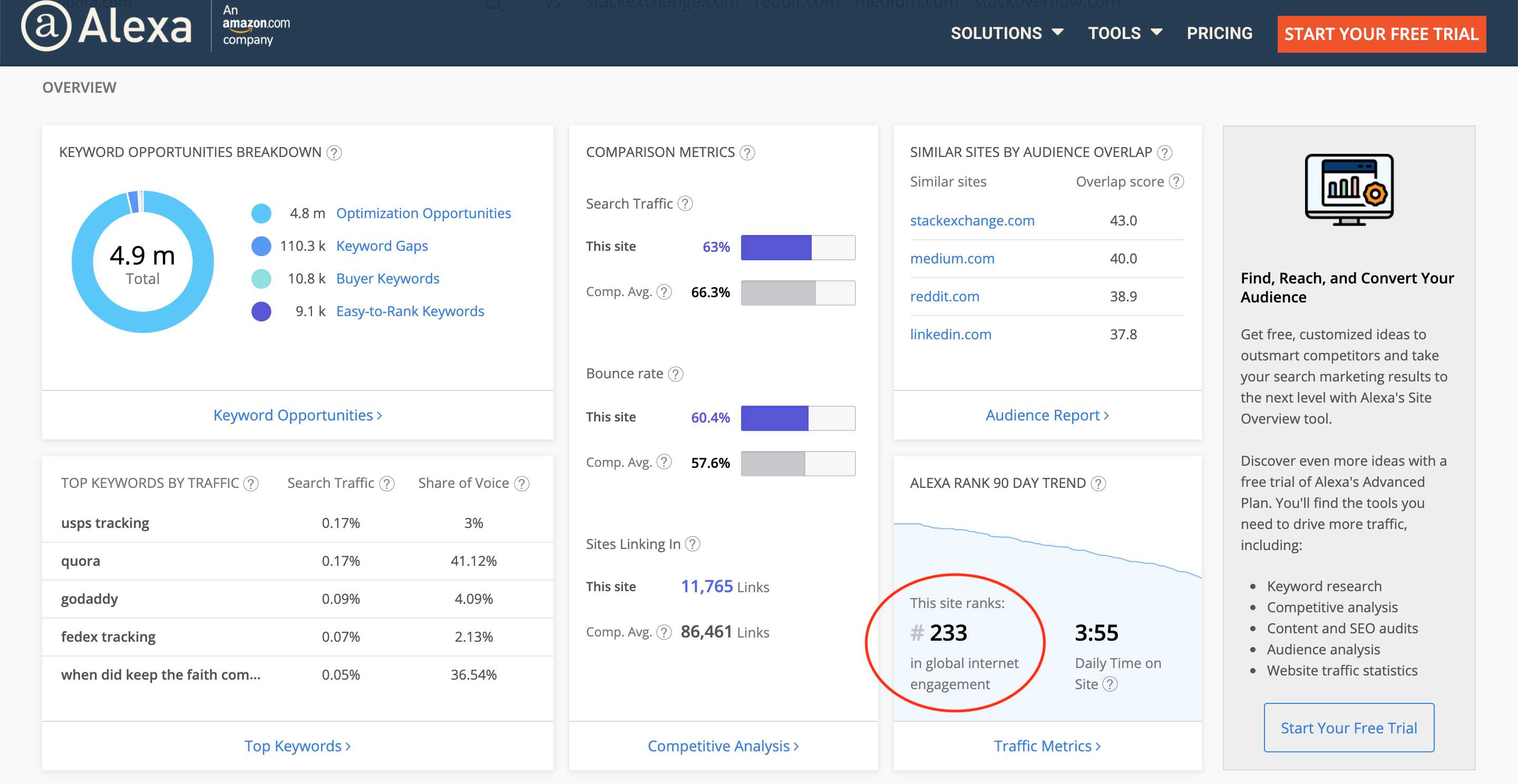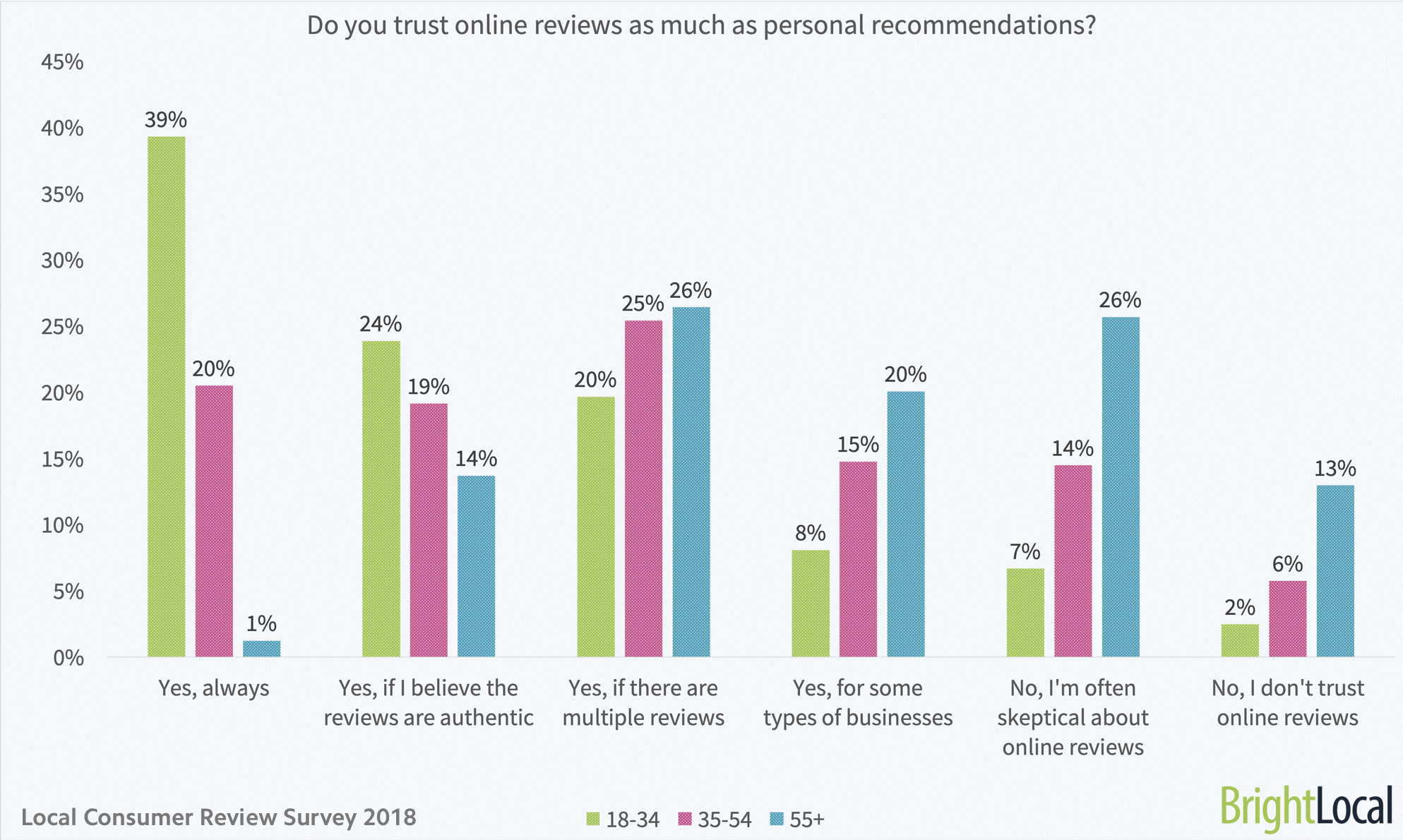MARKETING
Giving Back to Get: 5 Ideas to Build Links by Helping Others

You already have a strategy in place for link building, right?
Your plan probably includes at least one of the following link building tactics:
The above tactics aren’t enough, though.
If your link building strategy feels like it’s missing something, that’s because it is missing something.
Interacting with real human beings – being a part of a community and helping others – is always good for business, and should be a part of your link building strategy.
Here are five ideas to build links by giving back.
1. Be a Guest Writer
Guest blogging is one of the most obvious ways to build links.
While it does require a little more effort than other link building tactics (You actually have to write something! Gasp!), it is an effective way to increase site traffic and boost SEO.
How It Works
It’s simple. Guest blogging – also known as guest writing or guest posting – is when you write or share your own content on other relevant websites.
As you’re writing your guest post, incorporate a link to your website into the text, if backlinking has been approved.
You should also add a link to your site in your author or contributor byline.

What to Watch For
Keep in mind that backlinks from websites with a low domain authority might do more harm than good.
Before you agree to guest post or before you pitch your content to another site, do a background check.
Make sure you’re writing for a trusted site by checking their domain authority on a site like Ahrefs or Alexa.
2. Get Involved in a Greater Cause
Whether you’re planting trees, volunteering at a local shelter, contributing to scholarships, or hosting an online business seminar, your involvement in the community or your contribution to an impactful cause is important to your brand’s reputation.
You may find it surprising though that it can also drive traffic to your site and increase conversions!
How It Works
Get involved with a project in your community, or even with a national or worldwide project.
Many causes will have their own website, an email list, or pamphlets or flyers listing businesses including yours who are contributing to their campaign.
Share your involvement with your customers and prospects by publishing blog posts, updating your website, sharing on social media (don’t forget to use appropriate hashtags!), and using email campaigns.
By encouraging your customers and prospects to get involved, or by raising awareness of the cause you’re working for, you’ll establish yourself as a trustworthy company that has the community’s – and the world’s – best interests at heart.
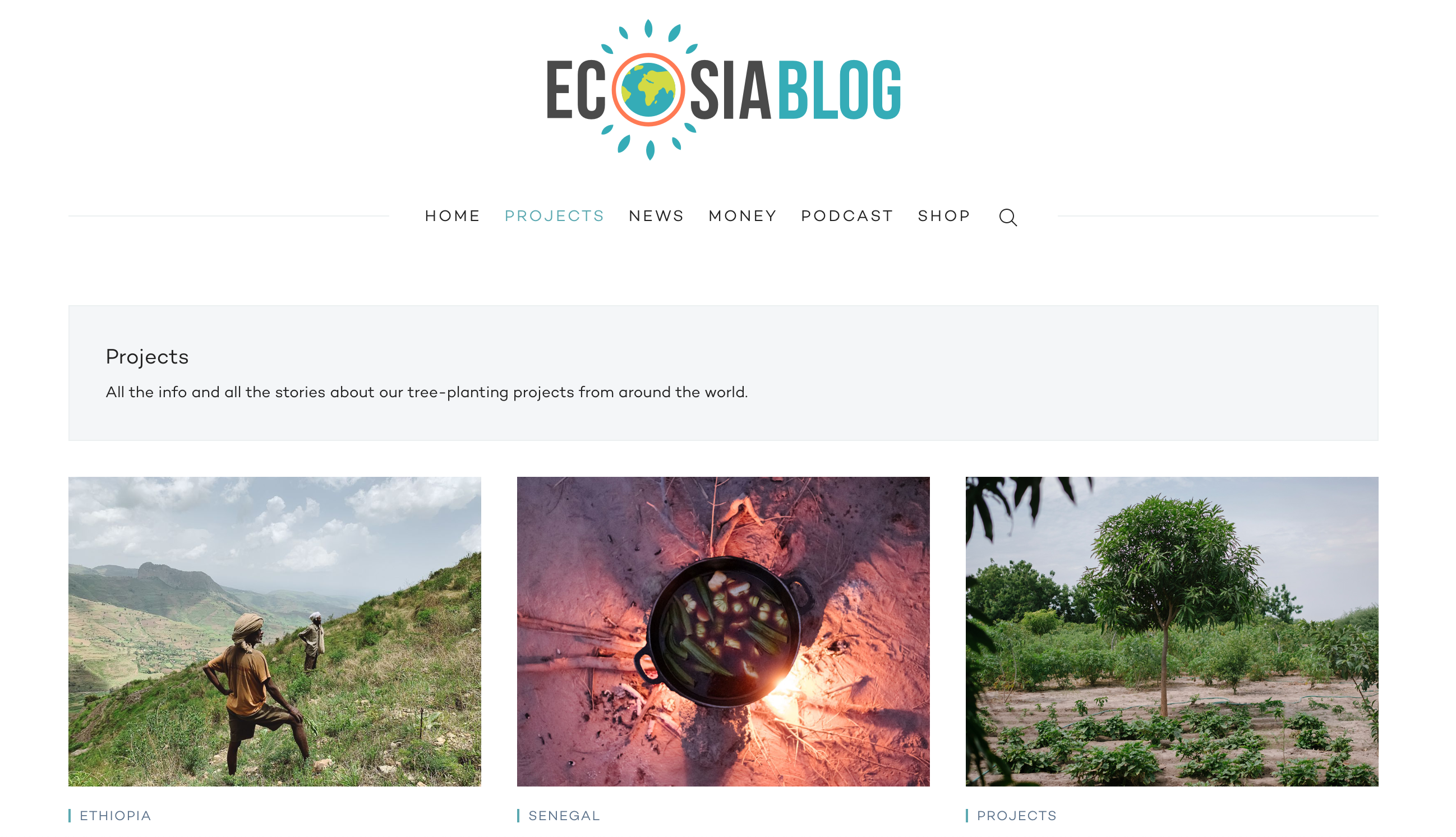
What to Watch For
Understand that you’ll need to volunteer time and resources, and possibly money, products, or services.
Always remember the real purpose of your involvement with the project you choose.
While ultimately good for business, involvement in impactful causes is more about creating connections and benefiting your community than it is about earning a backlink.
3. Offer Free Resources
Everyone loves free stuff, especially useful free stuff that they can access with one click.
By offering free online tools and resources, your business will have an excellent opportunity to earn some quality backlinks.
How It Works
Create – or hire someone on your team to create – a valuable resource such as an ebook, a printable list or cheat sheet, an email course, a stock photo gallery, or a calculator.
These freebies are often offered as opt-ins, accessible once someone signs up for your email list.
Users will often mention your free resource without being asked (if it’s useful enough to be mentioned!).
Encourage user-generated content by requesting that your audience share posts or photos of your freebie in use in exchange for a feature, often in the form of a retweet, a regram, or a shout out on Facebook.

What to Watch For
Be open to updating and tweaking the design and functionality of your resource to keep it relevant and useful.
Also, keep in mind that your audience may not be interested in sharing or promoting your tool or resource.
You’ll still need to promote your tool online using standard marketing tactics. Promoting your free resource should become a part of your overall marketing strategy.
4. Share Reviews & Testimonials
Sharing reviews and testimonials for services or products you use may be just as helpful as receiving reviews and testimonials for services or products you offer.
Newer companies, especially, are trying to build credibility and site authority, so they will be glad to feature your review or testimonial which includes a backlink on their site.
How It Works
If there’s a service or product that you use and love, write a review or testimonial.
Send the review, including your business name and a link to your site, giving the company permission to use your review on their website.
Reviews and testimonials are often linked 1-2 clicks away from a website’s homepage, so they carry a good deal of weight.

What to Watch For
Even if a company posts your testimonial on their site, you’re not guaranteed a link.
Also, remember that inbound links from websites with a low domain authority could do more harm than good.
Find the company’s website domain authority on a site like Ahrefs or Alexa.
5. Ask & Answer Questions
Participating in forums or leaving thoughtful, relevant comments on other blog posts are valid ways to improve authority and increase traffic to your site.
How It Works
Your customers are on Quora and Reddit. Join the conversation there.
Ask and answer questions and share thoughtful feedback.
These forums are great places to market your website and build relevant links.
Likewise, regularly posting comments on other blogs who are speaking to your target audience is a great way to build links and lend authority to your site.
It’s also a community-building tactic that’ll pay off in the long run.

What to Watch For
Links shared in forums and blog post comments are typically “nofollow” links.
These links are not ideal, but keep in mind that your link profile should be diverse anyway, which will include nofollowed links.
Customize Your Strategy
High-quality, trusted backlinks will boost your site’s visibility and authority and are a huge help to SEO efforts.
Link building doesn’t have to be complicated.
When you’re giving back and helping others in the process, building links can even be fun and meaningful.
Some tactics will work, and some won’t. Test different methods to determine which is best for your business.
Summary
Timeframe: Month 8, then ongoing monthly
Results detected: 4-12 months
Average links per month: 10
- Domain authority check
- Content (guest posts, reviews, and testimonials, blog post comments, forum participation, etc.)
Benefits:
- Improve trust and site authority
- Attract diverse links
- Community-building
Image Credits
Featured Image: Julia McCoy
All screenshots taken by author, September 2019








